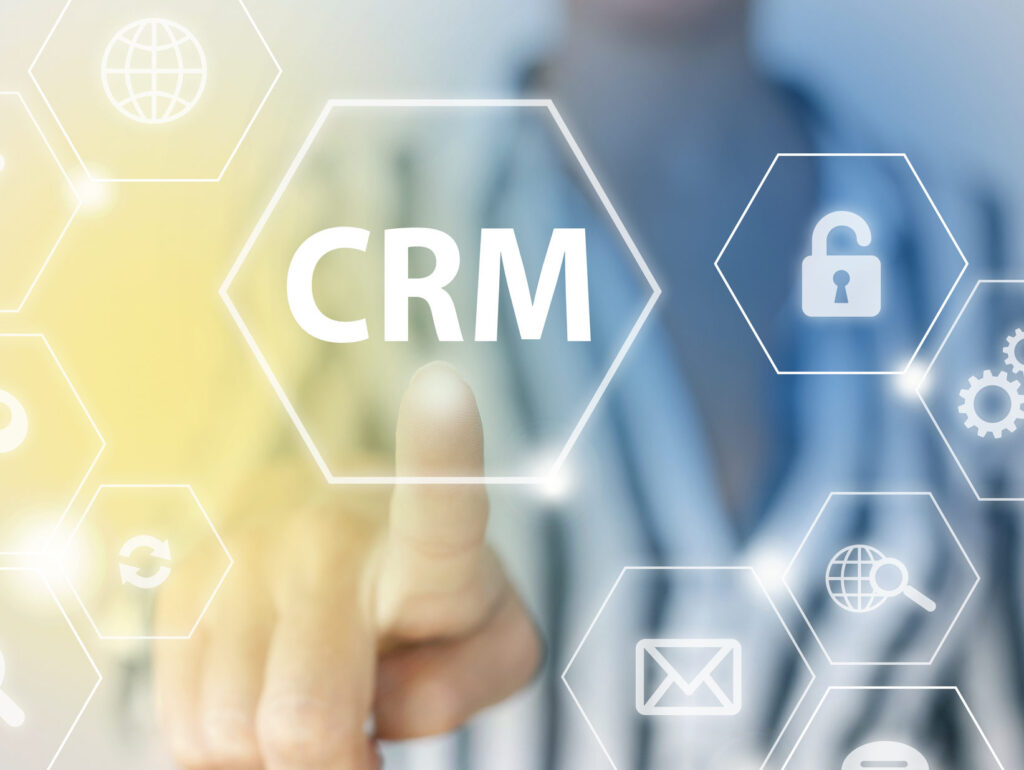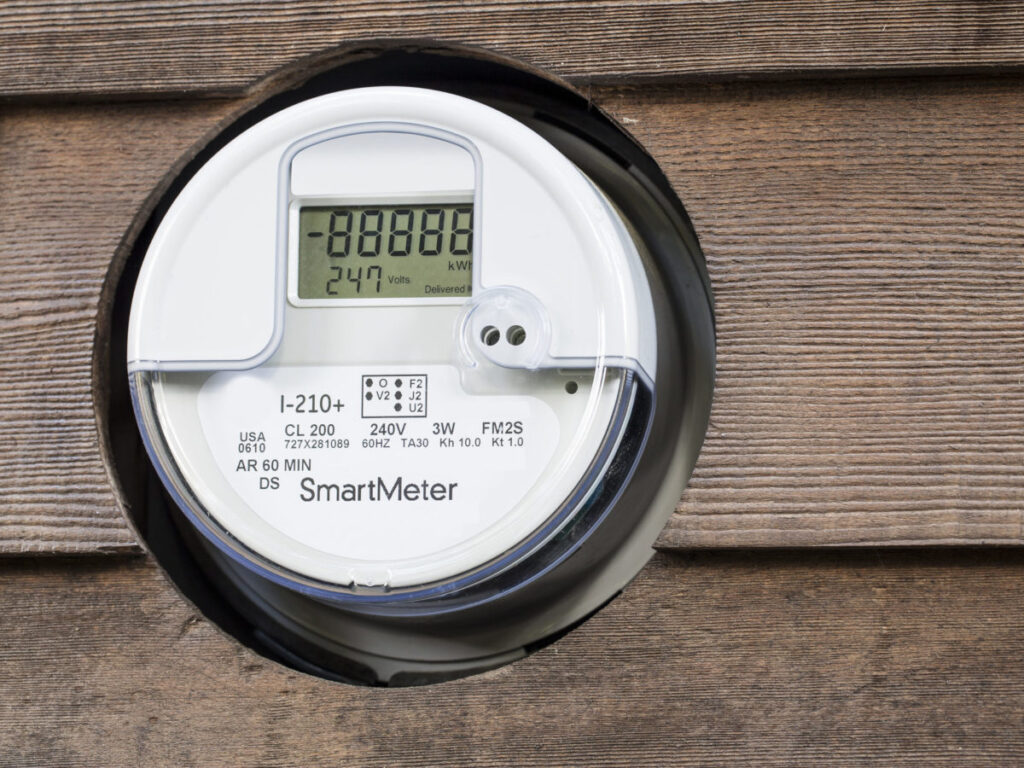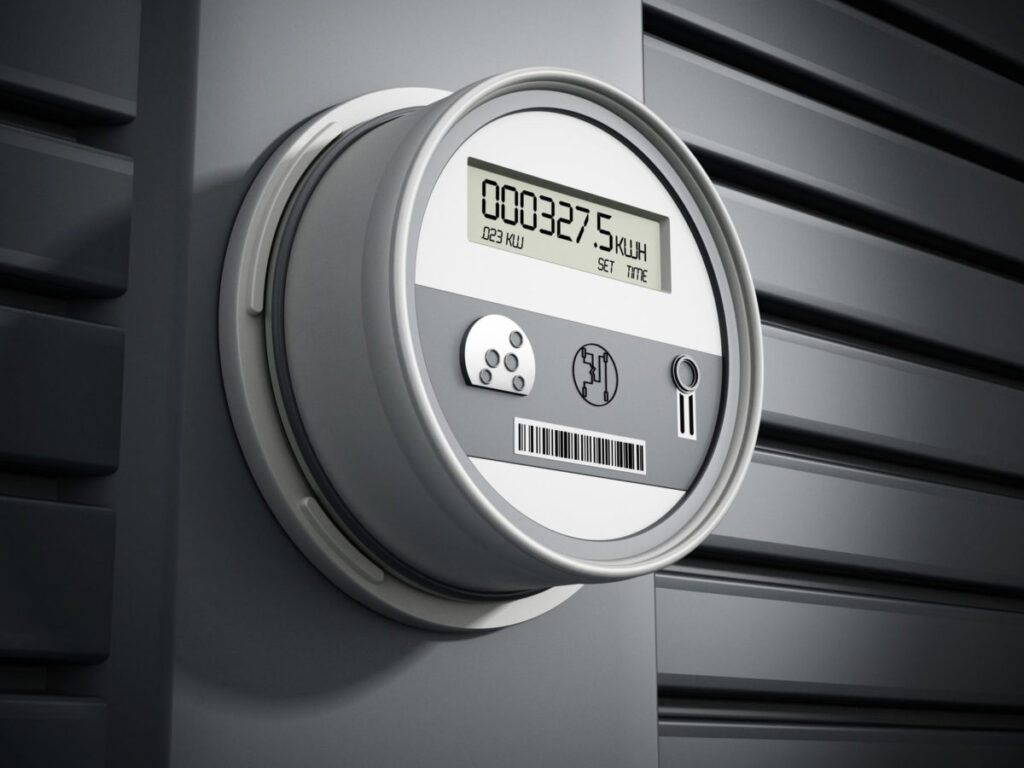The Answer to CIS Shortcomings: CRM or Analytics?

Is CRM investment worth it?
Traditional customer information systems (CISs) are billing engines that were built to process meter data and send the appropriate information to the billing department for processing. These systems also grew to include the management of service orders, payment processing and collections.
What they weren’t designed for was collecting, tracking and acting upon the growing amount of data coming from the smart grid, internet of things (IoT), and other sources that help utilities target customers for new products, programs and services.
As interest in improving and expanding the customer experience into new areas is growing, utility executives are weighing options for evolving their capabilities.
According to Brent Kassing, VP of advisory services at TMG consulting, “A lot of effort has gone into extending the life of the CIS to better manage customer data, because companies see the value, often in advance, of having the resources to purchase a modern CIS,” he says. “But that’s not what the CIS was built for, so the route my clients usually take is getting additional functionality through edge systems focused on specific customer capabilities.”
Where the CRM Fits In
Tom Hulsebosch, Senior Managing Director for West Monroe Partners’ Energy Utilities, suggests that the edge system of choice is the CRM (customer relationship management). He proposes integrating it with the CIS to handle a variety of tasks.
“The best CRM systems are extremely adaptable; they can handle the demands of the new utility customer and support utility functions like outage notification, work orders, customer communications, and load management,” he writes in his article, article, Building a Bridge to Today’s Utility Customers. “With a CRM to manage the customer interactions, utilities can harvest the rich data stream from advanced metering infrastructure (AMI), and use it to inform customers about new pricing structures or advise them on energy efficiency programs that can help them optimize their energy usage. The CRMso serves as an ideal platform for emerging functions like transactive energy, where in the future the customer is also an energy provider, putting energy back on the power grid – whether it’s through solar cells on the roof, an EV parked in the garage, or a Tesla Power Wall in the basement.”
But according to Kassing, integrating the CRM to the CIS as a catch-all for customer interactions raises concerns. “Although a lot of customer data is housed in the CIS, there is also quite a bit of content residing in edge systems. In order to get a full view of your customers, all of this data must be brought together with quite a bit of it needing to be stored in multiple locations to have acceptable system performance for the end-user.”
The CRM’s Natural Role in Sales
When asked where it might make sense to leverage the CRM, Kassing points to sales opportunities. “The CRM is a sales tool that allows you to get to know customers better and connect with them based on that knowledge. So, if a company is trying to sell something, the CRM may be a good option, even for companies that have purchased a new CIS. But if a utility is just trying to understand customer behavior, for example, a lighter analytics engine may be all the company needs to reach their goals,” he says.
CRM Use Case: Supporting the Rise of EVs
Digging into a CRM use case, Kassing discusses the rise of electric vehicles. EVs present a tremendous opportunity for utilities to proactively identify potential buyers through data analytics, reach out to them with relevant messaging, and educate them about special pricing programs like time-of-use (TOU) rates. While pricing programs that reward customers for using energy during non-peak times have been around for years, concerns around the cost of EV charging have opened the door for new discussions.
Moreover, many utilities that have been given the green light (by governing bodies) to pursue new revenue streams and engage in cross-selling and upselling EV services such as charging station installation, warrantees, charging system maintenance, solar installations, high-speed charging stations, and battery storage walls.
“For energy providers willing to embrace the more aggressive cross-sell and up-sell tactics used by successful retailers, EVs open the opportunity to capitalize on incremental, new revenue sources, the likes of which may not come again for decades,” writes Jason Turner, founder of ID Lab Global, in the article,“EVs: The Single Greatest Price Signal Yet to Move Customers to TOU Rates – And Beyond”, published earlier this year.
The complexity of integrated EV use case scenarios calls for a single; analytics programs could help support these use cases, but the challenge to centralize data, insights, recommendations, and actions is likely to overwhelm most organizations.
CRM Capabilities within a Newer CIS
For utilities that recently purchased a new CIS, it may have some built-in applications and capabilities. It is important to explore what your CIS can do to help you reach your goals, including planned upgrades that may get you there, before purchasing any new edge system.
“The CIS is still the engine powering the entire customer service experience. It needs to get smarter, extend beyond the meter to cash to the customer, and use tools like machine learning to drive towards autonomous processes and exceptionless billing,” says Hillary Martin, VP of solution strategy for Oracle Utilities.
“As we move forward, the future of CIS must remain on the forefront of that service experience, and must include innovative sales and marketing pathways as part of that,” she says. “With a truly modern CIS, a utility should be empowered to explore new offers and new programs and engage with customers personally in the moments that matter. With this modern approach, utilities of all sizes can drive exceptional omnichannel communication, simplify customer engagement, and deliver more value to the utility business.”
A Pragmatic Course Forward
As business leaders consider the CRM to collect, analyze and act on customer data for the whole bucket of customer communications, Kassing suggests being cautious. “The marketplace is still learning about the challenges of integrating the CRM with the CIS, and utilities must be judicious as they venture down the path of considering a CRM to give them all of the functionality that their CIS doesn’t,” he concluded.
It goes without saying that the utility ought to have a strong data-based understanding of how and where a CRM would be useful in their organization.





